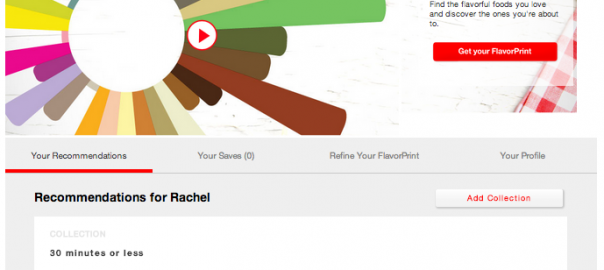Pop culture and the media have been propagating consumer interest in the “space age” for years. Take, for example, the Jetsons – one of television history’s most beloved shows, where George Jetson and his family live blissfully in the space age, driving flying cars and taking cues from their talking robot housemaid.
But while shows like the Jetsons may have households pining for a future filled with flying suits and talking dogs, Samsung’s recently reported brush with the space age had consumers in an uproar. According to many media outlets, Samsung’s latest smart TVs were “listening” to users’ every word via their voice recognition features.
While Samsung explained that its TVs are programmed to listen for specific cues only, and users have the option to turn voice recognition off, the issue raised an important point: privacy is a top priority for consumers, especially as the beginning of the “space age” becomes more imminent. Here are two quick tips to help your business protect your customers’ privacy while still providing them with the convenient, customized experiences they crave.
Focus on Collecting on First-party Data
Third-party data refers to information provided by a source other than your customers, and is purchased by the business. Despite its anonymous origins and renowned inaccuracies, it is still depended on by many marketers – in fact, 44% of marketers claim to rely primarily on third-party lists (Experian) for their campaigns!
First-party data is information collected directly by your business straight from your current and potential customer base. Because it is consciously provided by consumers, first-party data is not only highly accurate, but it is also respectful of consumer privacy.
Leading brands like McCormick are turning to first-party data to provide customers with “space age” relevance on a permission-based level. Users can log in socially to McCormick’s website and provide information about their flavor preferences to build out a unique “Flavor Print,” or taste profile. McCormick then uses this information to recommend additional recipes registered users may like.

Offer Total Transparency & Complete Control
According to Gigya’s 2014 Privacy & Personalization survey, 45% of US consumers state that they are more willing to share their information if a brand makes it clear how it will use their data. What’s more, 80% of respondents admit to abandoning online registration because they were concerned about the type of information being requested.
Consumers’ demand for transparency is clearly on par with their desire for highly relevant and convenient experiences, as evidenced by Facebook’s recent incorporation of line-by-line permissions in its login dialogue. Line-by-line permissions allows users to specify the data that they do or do not wish to share with businesses. The success of this change seems to have helped solidify Facebook as the leading identity provider across the globe, as shown in Gigya’s most recent quarterly Landscape of Customer Identity research.
Brands like Lancome are taking a proactive approach to privacy by telling site visitors exactly what the brand is going to do with their data. This lets users decide if they would like to exchange their information for the convenience and relevance today’s brands have to offer. What’s more, Lancome enables customers to make changes to their profiles and privacy settings any time.

As our toothbrushes communicate with our dentists, our televisions recognize our voices and we continue to enter the “space age,” privacy concerns will continue to grow. For more information about how to manage customer data in a permission-based manner, watch our webinar, “Best Practices and Flexibility in Registration,” On Demand.
(234)






